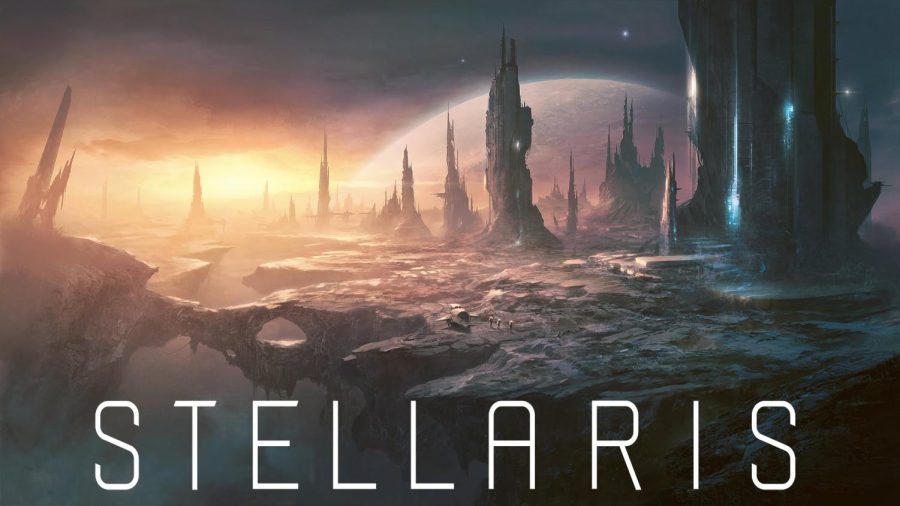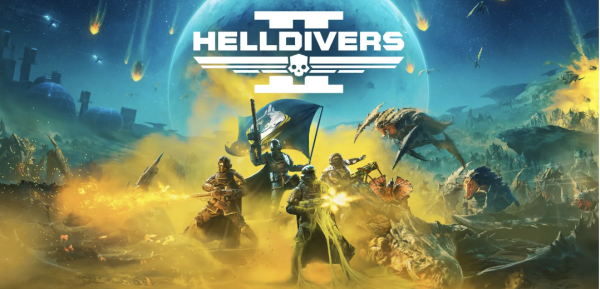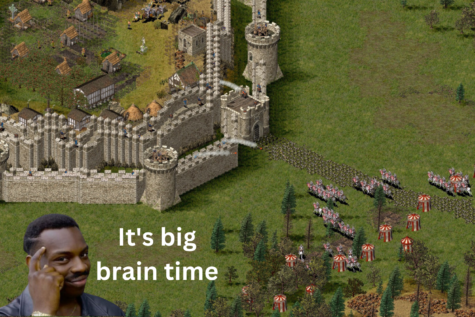Stellaris is a game of infinite possibilites
Stellaris is a game of infinite possibilities. Stellaris is known as a “4x strategy game” that lets you take your empire and expand across the galaxy meeting new species and creatures that can be friendly while others are far from it. The game can immerse depending on how much you get invested in playing the game. The game can have a sort of roleplay element in which you tell the story of the rise and potential fall of your empire.
A 4X game includes the following gameplay aspects explore, expand, exploit, exterminate. This is a subgenre of strategy-based computer and board games, which include both turn-based and real-time strategy titles.
When playing Stellaris, you have a choice of using one of the preset empires or you can create your own. When creating your empire, you have three things that define your gameplay: government, ethics, and civics. There are four government forms that you can choose from. You can choose from democracy, oligarchy, dictatorial, and imperial.
Government Styles
In a democratic government, the people vote on their ruler. In an oligarchy, a small group of people holds all the power. In a dictatorship, a single person controls both the government and the military. In an imperial government, a monarch is in control and when the monarch dies, the throne is always inherited by a designated successor.
The second part of building your empire is ethics and Civics. These are what guide your empire and people. These are things like a militaristic state or a pacifist utopia. A society where religion plays a key role in everyday life, or a materialist state with a pursuit of science and technology. There is more than just militarism and materialism, these are just a few examples. Civics are limited by the authority or ethics chosen by an empire while some ethics cannot be chosen depending on what you have already chosen. An example would be you cannot be a pacifist and militarist at the same time.
Creating your own empire can be difficult, but you can choose from preset empires like the United Nations of Earth, Commonwealth of Man, and the Tzynn Empire are just a few you can choose from. It is recommended that you choose from one of the presets if you’re new to the game because even without making an empire, the game can have a huge learning curve.
The origins of an empire is pretty straightforward depending on how it was created and set up.Is the planet a prosperous homeworld that is finally unified, or where you on a colony ship that is separated from the rest of your people? There are more than just these two examples, but be warned, while some may give you bonuses for the amount of resources you gain from mining stations, others will have disastrous consequences on your planets and people.
Recourses, energy and economy
Once you get into the game, you’ll be introduced to the economy which is the most difficult part of the game. There are four types of resources, basic, advanced, strategic, and abstract. Basic resources include Energy credits, Minerals, and Food. These are important because the more your empire grows and prospers, you’re going to need more to account for the upkeep of your species and buildings.
Energy is used to maintain buildings and your navy. It’s alsoused as currency to pay for resources. Minerals are used to build districts on your planets. (specialize for districts). Minerals are also used to build mining and research outposts around asteroids and planets to increase resource production. They are also used to upkeep manufacturing of materials andconsumer goods. Food also accounts for population upkeep. Players can get in trouble with their populations if they don’t provide enough food and consumer goods.
The next set of resources are advanced resources. These are usually refined by using minerals. The two resources are consumer goods and alloys. Consumer goods are used to give your populations luxuries and to perform certain intellectual jobs such as research jobs. Alloys are mainly used to build your starbases to expand across the galaxy and to build your civilian ships and military fleet.
The last set of resources are strategic resources and abstract resources. Strategic resources are used to upkeep advanced buildings and ship components, including armor and shielding. Abstract resources are influence, research and unity. Influence is used to either support someone in an election, build starbases along with the alloy cost. Research is used to advance your empire to new heights with better technology such as more advanced buildings or bigger and better ships. Unity is how unified your people are. You can use unity to recruit admirals, generals, governors, and scientists.
Stellaris has a lot to remember and can feel overwhelming at first and it can feel incredibly difficult to keep track of everything. One strategy to make it easier to play is to changee the game speed to go slower or faster and pause to manage your empire with whatever speed you´re comfortable with.
While Stellaris is a in-depth game by itself, Paradox offers downloadable content to expand the game ranging from species packs to new civics and government types. These DLC’s however, can be a bit pricey for anyone who is unsure if they want to spend the extra money. The bigger DLC’s like Utopia and Apocalypse are $20 each which can be a little much since Stellaris itself is already $40.
If you are new to the genre of a 4x game, you might consider waiting to purchase it when it goes on sale on Steam or console game stores to try it out without feeling burned if it is too difficult or too overwhelming at first.
Your donation will support the student journalists of Akins High School. Your contribution will allow us to purchase equipment and cover our annual website hosting costs.

Academy: New Tech
Number of Years on Staff: 4
Title: Staff Writer
Why do you enjoy being on staff? I like to write about games or shows that I’m really hyped or passionate about
What do you do for fun? Play on my Xbox
What are your hobbies? I play video games
Hopes & Dreams after high school? Possibly military or police




















